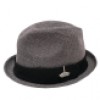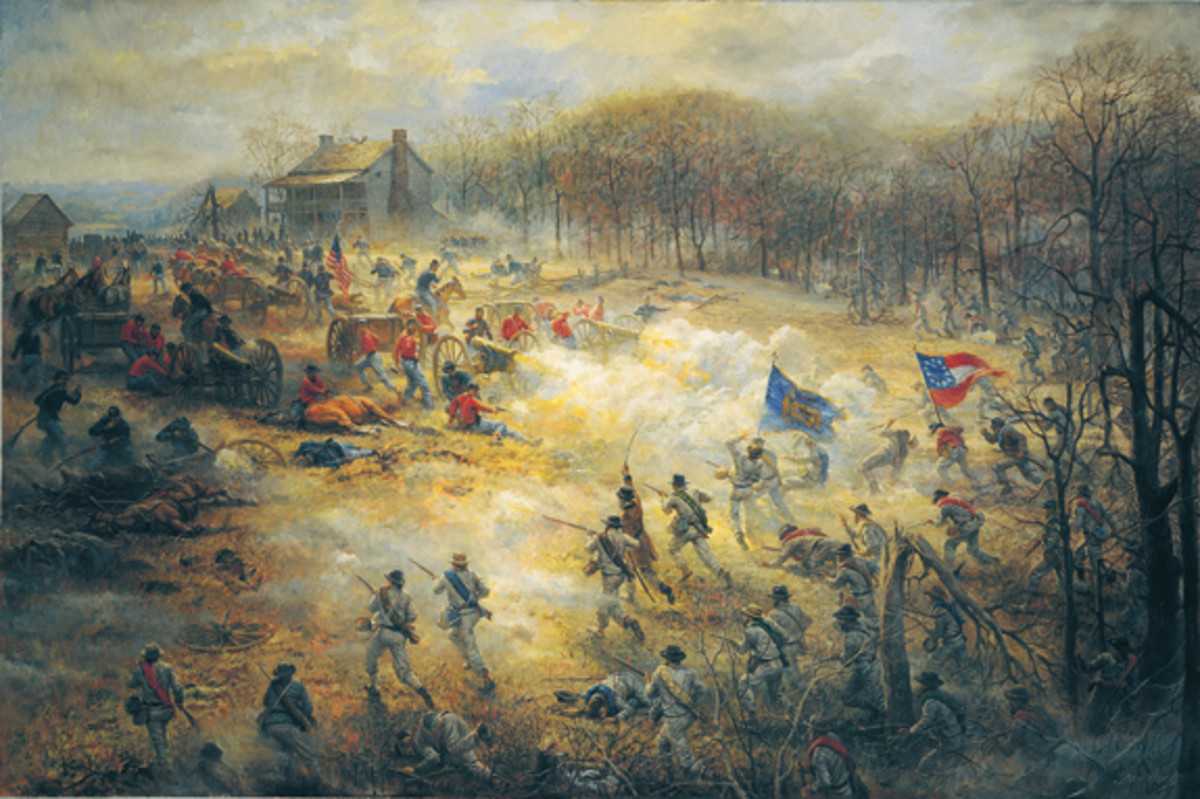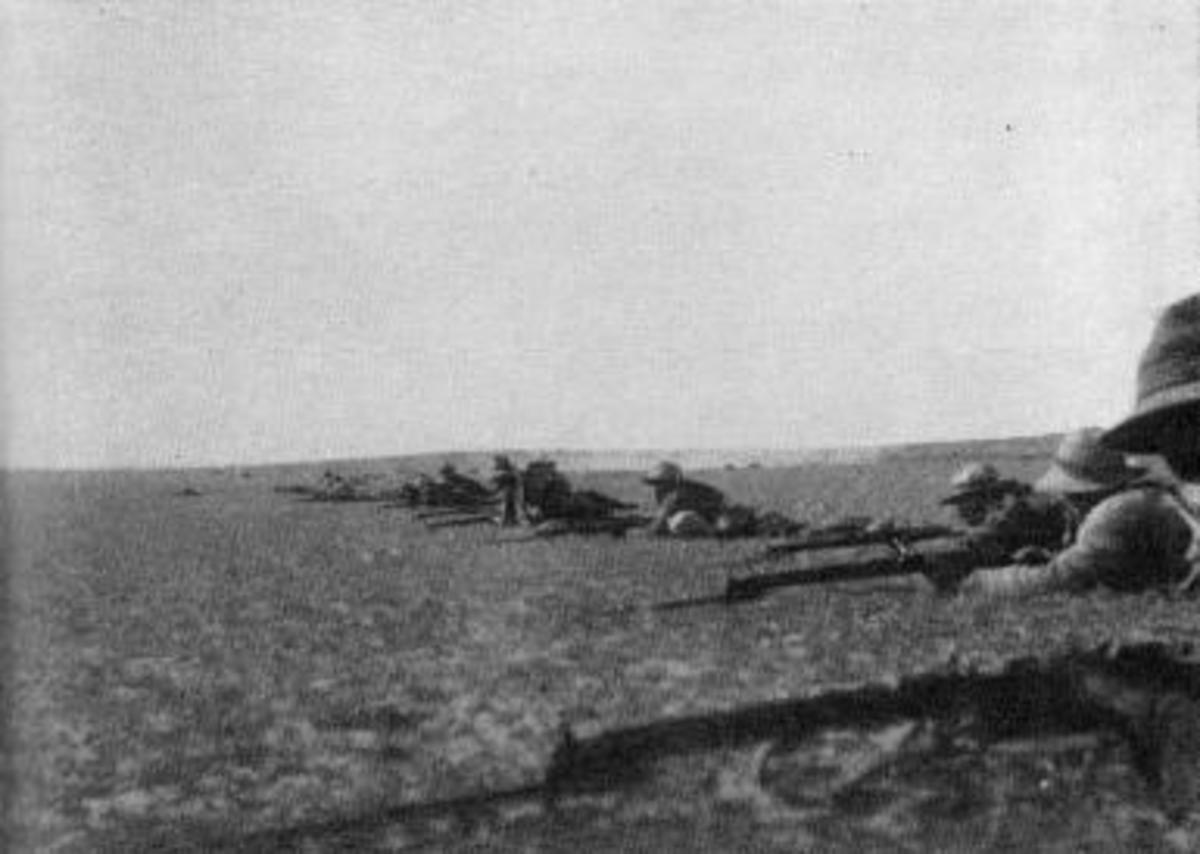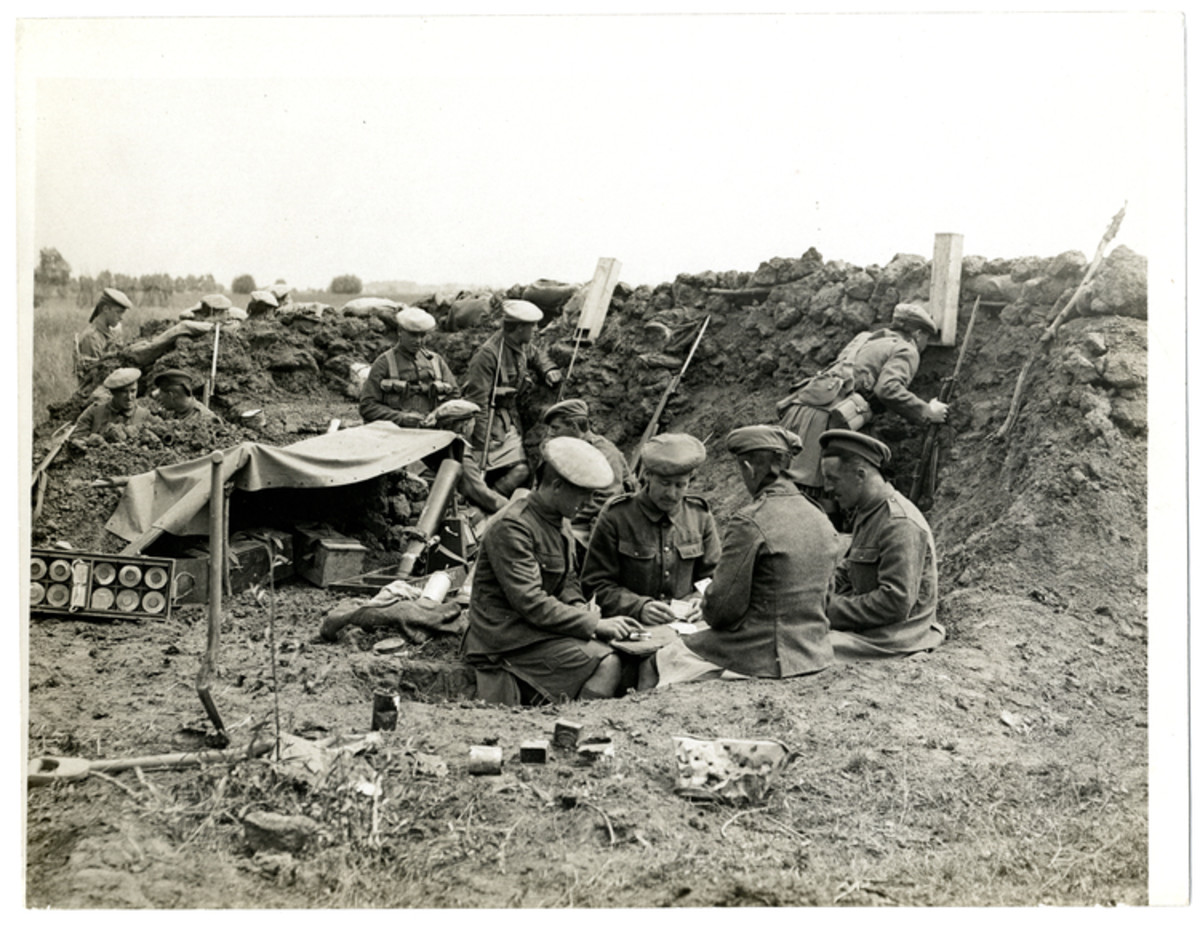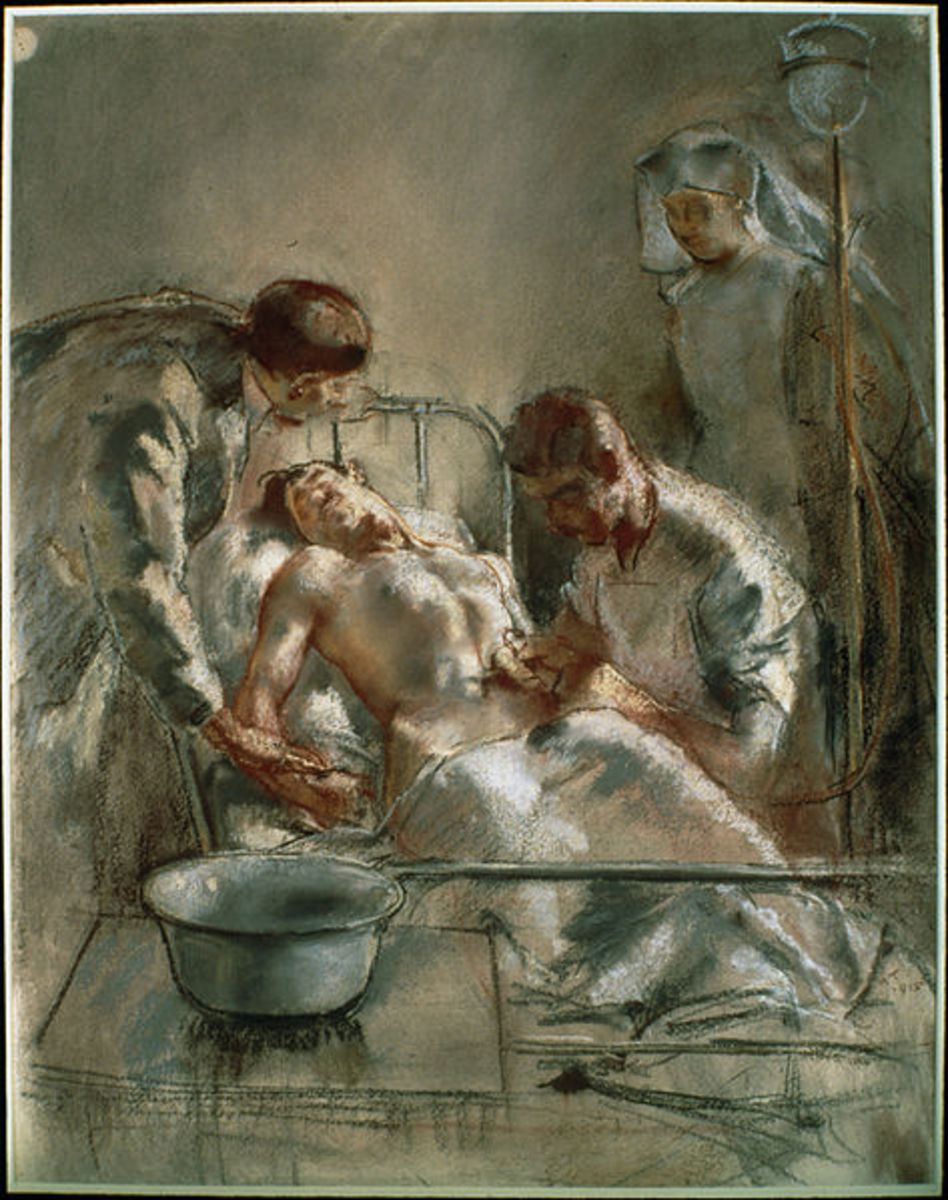- HubPages»
- Education and Science»
- History & Archaeology»
- History of the Modern Era»
- Twentieth Century History»
- World War I
The Battle of the Somme
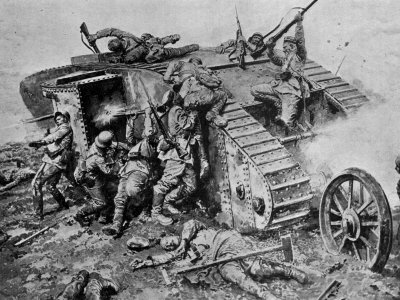
Background
Before The Battle
- For a few months, the French had been losing a great number of men from the army in Verdun, a city east of Paris that borders with Germany.
- To stop this, the Allied High Command decided to attack these German Forces.
- The French and British armies made allies with each other.
- The Commander in Chiefs Joffre and Haig had mainly intended for the attack to be a French Offensive.
- At Verdun, the German Army Chief of Staff Von Falkenhayn promised, “ To bleed France white”.
- This resulted in the diversion of all French manpower and efforts.
- Before the official allied attack, the French and the British armies bombarded the German lines with 1.5 million rounds of ammunition.
- Sir Douglas Haig hoped that all this firing would wipe out the German front.
- As a result of this, the German soldiers withdrew into the trenches.
Minutes Before
- 10 minutes before 0 hour, a bomb was launched by the British that caused many casualties.
The Battle
Zero Hour
- At 7:30 am a British officer ran out of the trenches and waved his troops forward. The soldiers scrambled out the trenches that morning to face the most ferocious artillery barrage man had ever seen.
Battle of Albert
- It was the opening phase of the Allied offensive
- The allies perpetually bombarded the Germans but their plan failed
- Result:
- German defensive victory in north and centre and a limited Allied advance in south.
Battle of Bazentin Ridge
- Second phase of the Battle
- it turned out to be "hugely successful"for the British, in complete contrast to the disaster of the first day on the Somme.
- However, like the first day, the British failed to exploit their advantage in the wake of the victory and as German resistance stiffened, a period of bloody attrition (wearing down) commenced.
- Result:
- Tactical British Victory!
Battle of Delville Wood
- Delville Wood was a tactical feature that was wanted by both the Allies and the Germans
- The Allies intended to secure the British right flank, while the centre advanced to capture the higher lying areas of High Wood in the centre of his line
- Delville Wood was a battle to secure the British right flank, this was achieved
- This was one of the bloodiest confrontations of the Somme
- Result:
- Tactical Allied Victory
Battle of Pozières
- The Battle of Pozières was a two week struggle for the French village of Pozières and the ridge on which it stands
- They took the town through many attacks and using bombardment
- This battle was Australia’s main contribution to the battle of the Somme
- Result:
- Allied forces in possession of the plateau north and east of the village, and in a position to menace the German bastion of Thiepval from the rear
Battle of Flers-Courcelette
- The Battle began with the overall objective of cutting a hole in the German line by using massed artillery and infantry attacks. This hole would then be exploited with the use of cavalry.
- It was the third and final large-scale offensive mounted by the British Army during the Battle of the Somme.
- The Allies captured the villages of Courcelette, Martinpuich and Flers.
- The battle is significant for the first use of the tank in warfare. It also marked the debut of the Canadian Division on the Somme battlefield.
- Result:
- Tactically: Minor Allied victory
- Allies advanced as much as 2,000 yds on a 12,000 yd. front
Battle of Thiepval Ridge
- This was the first large offensive mounted by the British Reserve Army of Lieutenant General Hubert Gough during the Battle of the Somme
- The objective laid out by British Commander Douglas Haig was to push the Germans off of the high ground of the Thiepval Ridge
- The Thiepval attack was then to be followed up with an attack up both banks of the Ancre River to ultimately create an unfavourable salient position for the Germans to the north of the attack zone.
- It was anticipated that II corps would have to handle the toughest of the fighting as the Germans they faced were still defended by their established trenches. So, II Corps was supported by 6 tanks, 230 heavy guns and howitzers and 570 field guns.
- Following 3 days of bombardment by the 800 assembled artillery pieces, the infantry attack began with the 4 assault divisions attacking along a 6,000 yard front.
- The Canadian 1st and 2nd divisions attacked to the north of their positions and were successful in wresting the base of the ridge from German control.
- Result:
- Tactically: Minor Allied victory
Battle of Ancre Heights
- This was a prolonged battle of attrition (wearing down)
- Lieutenant General Hubert Gough's Reserve Army had finally managed to break out of the positions it had occupied since the start of the Somme fighting and Gough intended to maintain the pressure on the German forces on the high ground above the River Ancre.
- This was the prelude to the final act of the Somme
- Result:
- Tactically: Minor British / Canadian Victory
Battle of the Ancre
- The Battle of the Ancre was the final act of the Battle
- Supported by artillery, a machine gun barrage and by tanks, the 51st (Highland) Division stormed across the heavily defended Y Ravine and captured the village of Beaumont Hamel.
- The 2nd division attacked the right flank while the 31t division acted as a defensive flank
- The allies took the German hold and won the Battle!
- Result:
- Allies Win the battle of the somme!!!
Canada's Role
- 732 Of the men that had died in the massacre on the first day were from the 1st Newfoundland Regiment. 255 Were announced dead, 386 Were wounded, and 91 were listed as missing.
- The newfoundland regiment was not part of the canadian forces though as Newfoundland was not part of canada until 1949.
- There were four divisions in the entire Canadian Corps. The Canadians were not able to take part of the war until the fourth division was asked to secure the town of Courcelette.
- The Canadians were on the extreme left of the battlefield. They covered an area of 2200 yard - sector west of Courcelette.
- On November 11, One of the canadian divisions secured most of the German Trenches in Courcelette and then rejoined the Canadian Corps at Vimy Ridge.
- During the Battle of The Somme, 24,029 Canadian Lives were claimed.
Significance
- The Battle of the Somme signifies the mid-point of the war. It is considered one of the most horrific parts of World War 1. This battle shows a perfect example of Trench Warfare being unable to produce anything useful.
- Some significance is that there was countless amounts of deaths with very little land gained.
- It is significant also because it was the first time tanks were used in warfare. However, tanks are powerful, they were extremely unreliable for the British as they were often destroyed and exploded by German artillery forces.
- It was the greatest amount of casualties suffered by a British Army in her history. The estimated amount of losses by the end of the battle was as follows: 450,000 British Wounded, 200,000 French casualties and 500,000 German casualties.
